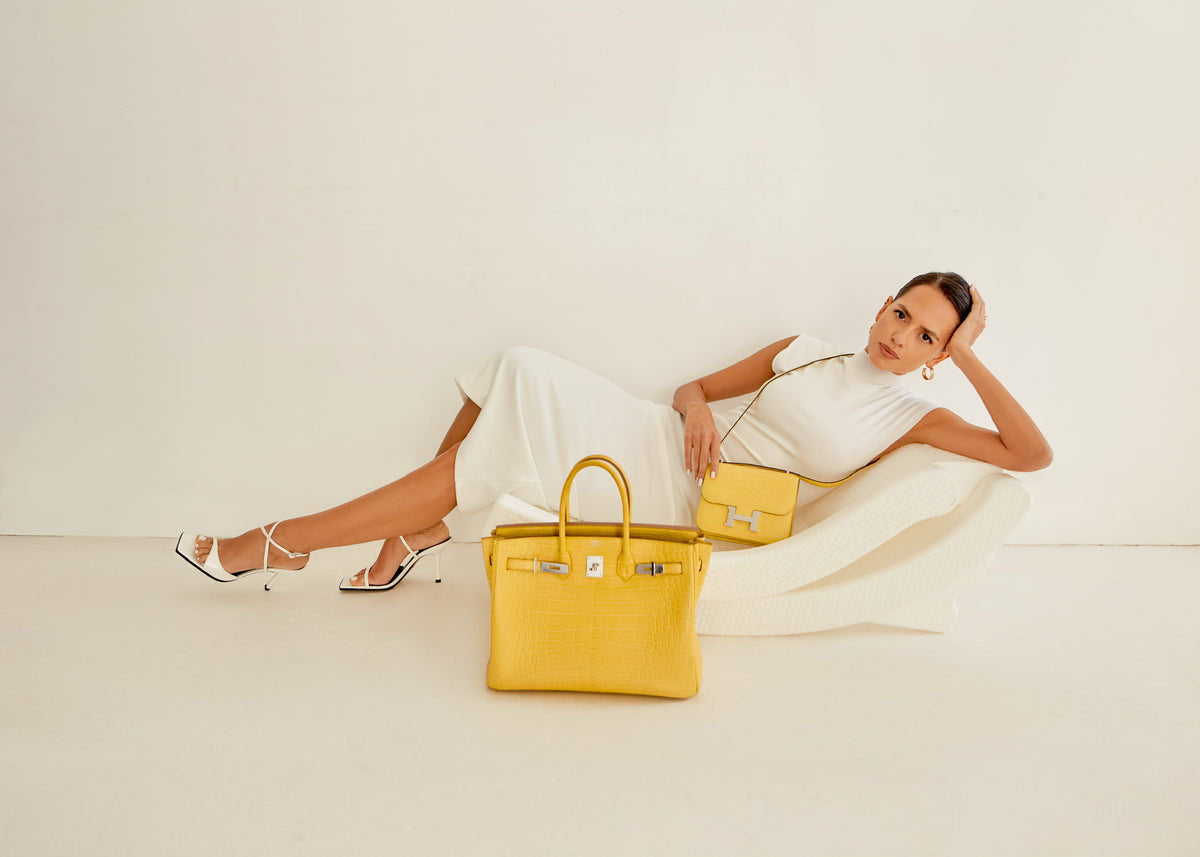Hermes Handbags: A Fashion Statement for Every Occasion
Explore Hermès handbags—from Kelly and Birkin to Constance, Lindy, Garden Party, and Evelyne. Learn the history, key features, ideal occasions, and why they endure.

Hermès handbags have been a symbol of style, elegance, and luxury for over 150 years. Founded in 1837 by Thierry Hermès, the French maison began as a harness and saddle workshop serving Europe’s nobility and rising bourgeoisie. In the 1920s, Hermès introduced its first leather handbags—setting the stage for a century of status-defining design.

Nearly a century later, owning a Hermès bag still represents the pinnacle of luxury. Beyond its aura, each bag is renowned for peerless craftsmanship and functional, timeless design. Every Hermès handbag is hand-made in France using traditional techniques passed down through generations—saddle stitching, hand-inked edges, and precise hardware fitting. The result is wearable art designed to live beautifully for decades.
Below, explore the most iconic Hermès bags, when to carry them, and the stories that made them legends:
The Kelly Bag
Perfect for: Day-to-night polish, events, boardrooms.
Why it matters: Born as the “Sac à dépêches” in the 1930s and immortalized by Princess Grace Kelly in the 1950s, the Kelly is structured, refined, and instantly recognizable. Its trapezoidal silhouette, single top handle, turn-lock closure, and clochette telegraph timeless elegance. With sizes from Mini to 40 and leathers from Epsom to exotic skins, it transitions effortlessly from denim to cocktail attire thanks to its detachable strap.
The Birkin Bag
Perfect for: Elevated everyday, travel, power days.
Why it matters: Inspired by Jane Birkin’s search for a chic, capacious carryall, the Birkin (1980s) pairs the Kelly’s turn-lock with an easier, softly relaxed tote form. Handmade and notoriously exclusive, a single Birkin can require dozens of hours to complete. Coveted sizes (25–40) and prized leathers (Togo, Clemence, Epsom, ostrich, croc) make it the definitive modern status icon.
The Constance Bag
Perfect for: Office days, dinners, city errands.
Why it matters: Introduced in 1959, Constance is a sleek shoulder bag with an elegant “H” clasp and adjustable strap for shoulder or crossbody wear. In Epsom, Box, or exotic skins, it balances practical capacity with ladylike restraint—an easy upgrade to tailoring or an LBD.
The Lindy Bag
Perfect for: Off-duty Parisian chic, weekend wear.
Why it matters: Launched in 2005, the Lindy’s relaxed, slightly architectural crescent shape and dual handles + shoulder strap make it casually sophisticated. External pockets and a supple body lean into effortless utility—think striped Breton, jeans, and ballet flats.
The Garden Party Tote
Perfect for: Everyday carry, errands, travel.
Why it matters: A lightweight tote in canvas or leather with clean lines and snap closure, Garden Party embodies “quiet luxury.” Sturdy, capacious, and unfussy, it’s the do-everything Hermès that still whispers refinement.
The Evelyne Bag
Perfect for: Hands-free days, athleisure, travel.
Why it matters: Created in 1978 for the brand’s equestrian department, the Evelyne features a perforated “H” that originally vented grooming tools. Today, the crossbody strap, secure snap, and resilient leathers (like Epsom or Clemence) make it a sleek, sporty staple.
Exclusivity & Endurance
Hermès protects its heritage with deliberately limited production. New designs debut sparingly; every bag is made in France by trained artisans. That scarcity—combined with enduring design and meticulous quality—creates long waitlists and remarkable resale values. But beyond status, Hermès bags are built to be used and loved. Their beauty is matched by durability, repairability, and timeless appeal.
JaneFinds is not affiliated with Hermès.



Leave a comment
This site is protected by hCaptcha and the hCaptcha Privacy Policy and Terms of Service apply.